Filter by
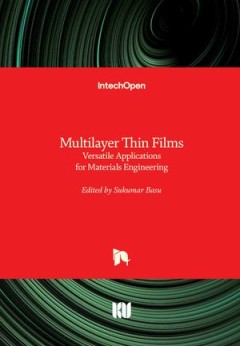
Integrated River Basin Governance: Learning from International Experience
Integrated River Basin Governance - Learning from International Experience is designed to help practitioners implement integrated approaches to river basin management (IRBM). It aims to help the coming generation of senior university students learn how to design IRBM and it provides current researchers and the broader water community with a resource on river basin management. Drawing on both pa…
- Edition
- -
- ISBN/ISSN
- 9781780402970
- Collation
- -
- Series Title
- -
- Call Number
- -

Filtration Materials for Groundwater: A Guide to Good Practice
Ground water is a source for drinking and industrial water supply and pollution created by active industrial sites which often cause social, health, and environmental problems. This groundwater eventually drains into adjacent water sources. Filtration Materials for Groundwater: A Guide to Good Practice presents the up-to-date technology of purification of polluted ground water, its treatment fo…
- Edition
- -
- ISBN/ISSN
- 9781780406992
- Collation
- -
- Series Title
- -
- Call Number
- -
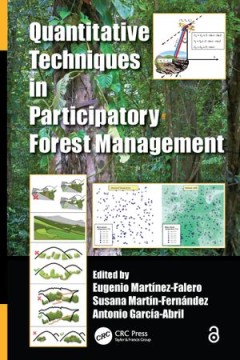
Faecal Sludge Management Systems
"It is estimated that literally billions of residents in urban and peri-urban areas of Africa, Asia, and Latin America are served by onsite sanitation systems (e.g. various types of latrines and septic tanks). Until recently, the management of faecal sludge from these onsite systems has been grossly neglected, partially as a result of them being considered temporary solutions until sewer-based …
- Edition
- -
- ISBN/ISSN
- 9781780404721
- Collation
- -
- Series Title
- -
- Call Number
- -
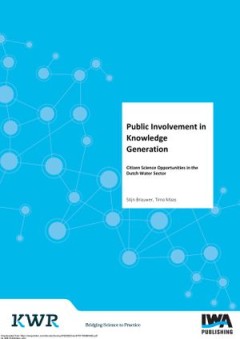
Experimental Methods in Wastewater Treatment
Over the past twenty years, the knowledge and understanding of wastewater treatment has advanced extensively and moved away from empirically-based approaches to a fundamentally-based first-principles approach embracing chemistry, microbiology, and physical and bioprocess engineering, often involving experimental laboratory work and techniques. Many of these experimental methods and techniques h…
- Edition
- -
- ISBN/ISSN
- 9781780404752
- Collation
- -
- Series Title
- -
- Call Number
- -
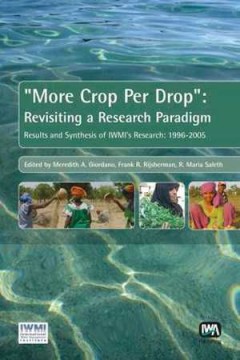
More Crop Per Drop
This volume is an analytical summary and a critical synthesis of research at the International Water Management Institute over the past decade under its evolving research paradigm known popularly as 'more crop per drop'. The research synthesized here covers the full range of issues falling in the larger canvas of water-food-health-environment interface. Besides its immediate role in sharing kno…
- Edition
- -
- ISBN/ISSN
- 9781780402284
- Collation
- -
- Series Title
- -
- Call Number
- -

Detection of Pathogens in Water Using Micro and Nano-Technology
Detection of Pathogens in Water Using Micro and Nano-Technology aims to promote the uptake of innovative micro and nano-technological approaches towards the development of an integrated, cost-effective nano-biological sensor useful for security and environmental assays. The book describes the concerted efforts of a large European research project and the achievements of additional leading r…
- Edition
- -
- ISBN/ISSN
- 9781780401089
- Collation
- -
- Series Title
- -
- Call Number
- -

Design Optimization of Wind Energy Conversion Systems with Applications
Modern and larger horizontal-axis wind turbines with power capacity reaching 15 MW and rotors of more than 235-meter diameter are under continuous development for the merit of minimizing the unit cost of energy production (total annual cost/annual energy produced). Such valuable advances in this competitive source of clean energy have made numerous research contributions in developing wind indu…
- Edition
- -
- ISBN/ISSN
- 9781789844078
- Collation
- -
- Series Title
- -
- Call Number
- -
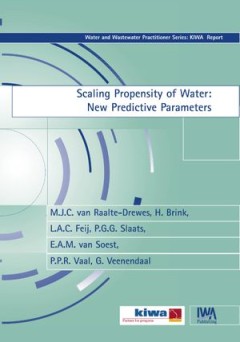
Costing Improved Water Supply Systems for Low-income Communities: A Practical…
This manual and the free downloadable costing tool is the outcome of a project identified by the Water, Sanitation and Health Programme (WSH) of the World Health Organization (WHO) faced with the challenge of costing options for improved access, both to safe drinking water and to adequate sanitation. Although limited in scope to the process of costing safe water supply technologies, a proper us…
- Edition
- -
- ISBN/ISSN
- 9781780407210
- Collation
- -
- Series Title
- -
- Call Number
- -
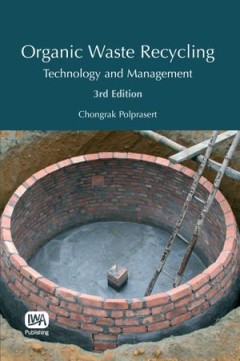
Computational Hydraulics
Computational Hydraulics introduces the concept of modeling and the contribution of numerical methods and numerical analysis to modeling. It provides a concise and comprehensive description of the basic hydraulic principles, and the problems addressed by these principles in the aquatic environment. Flow equations, numerical and analytical solutions are included. The necessary steps for building…
- Edition
- -
- ISBN/ISSN
- 9781780400440
- Collation
- -
- Series Title
- -
- Call Number
- -

Chemistry of Ozone in Water and Wastewater Treatment
Even though ozone has been applied for a long time for disinfection and oxidation in water treatment, there is lack of critical information related to transformation of organic compounds. This has become more important in recent years, because there is considerable concern about the formation of potentially harmful degradation products as well as oxidation products from the reaction with the ma…
- Edition
- -
- ISBN/ISSN
- 9781843393139
- Collation
- -
- Series Title
- -
- Call Number
- -
 Computer Science, Information & General Works
Computer Science, Information & General Works  Philosophy & Psychology
Philosophy & Psychology  Religion
Religion  Social Sciences
Social Sciences  Language
Language  Pure Science
Pure Science  Applied Sciences
Applied Sciences  Art & Recreation
Art & Recreation  Literature
Literature  History & Geography
History & Geography